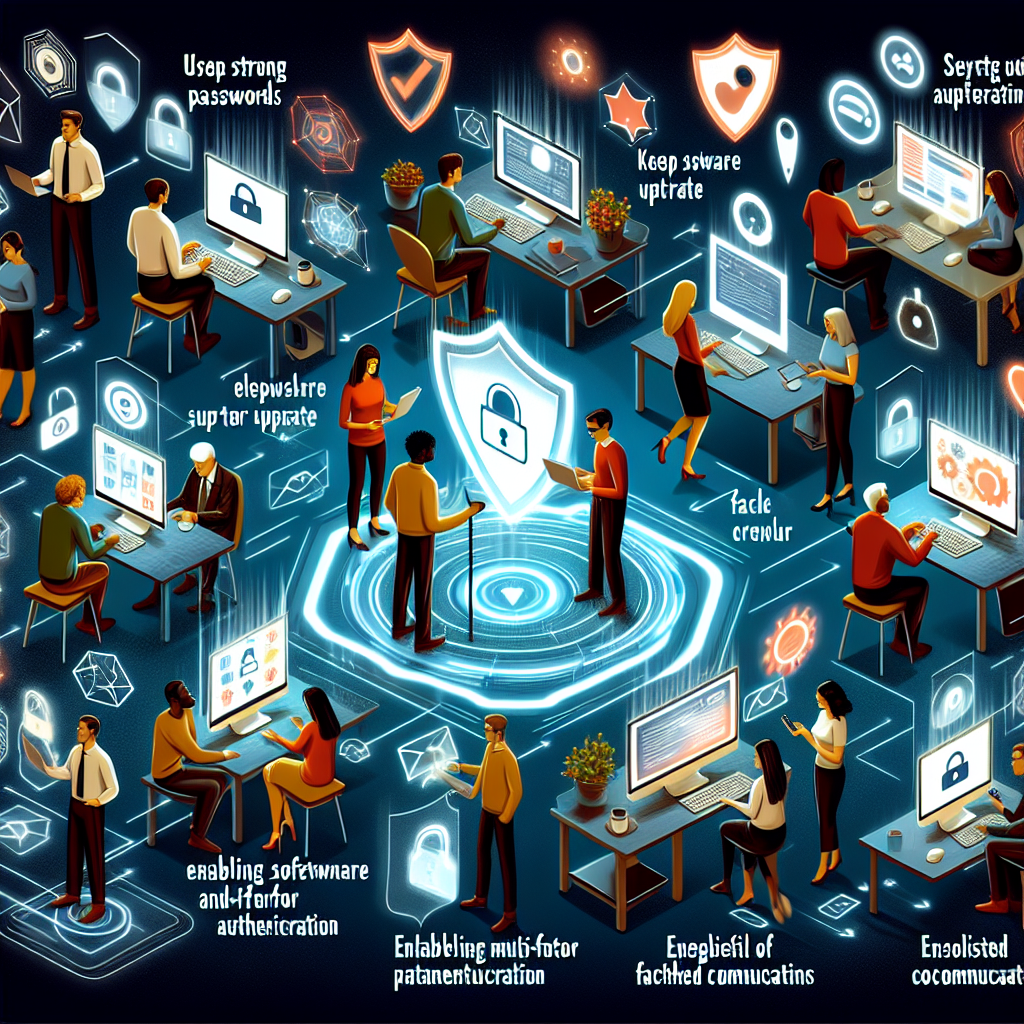Strategies for Protecting Yourself Against Cyberfraud
Strategies for Protecting Yourself Against Cyberfraud
Understanding the Threat Landscape
Cyberfraud is an ever-evolving threat that targets individuals and organizations alike. With the increasing sophistication of cybercriminals, it’s crucial to stay informed about the latest tactics used in cyberfraud schemes. Understanding the threat landscape is the first step in safeguarding your digital assets.
Essential Cybersecurity Practices
Implementing robust cybersecurity measures can significantly reduce the risk of falling victim to cyberfraud. Here are some essential practices to consider:
- Use Strong, Unique Passwords: Create complex passwords for each account and change them regularly.
- Enable Two-Factor Authentication (2FA): Add an extra layer of security by requiring a second form of verification.
- Keep Software Updated: Regularly update your operating system and applications to patch vulnerabilities.
- Install Antivirus Software: Use reputable antivirus programs to detect and block malicious activities.
Recognizing Common Cyberfraud Tactics
Being able to identify common cyberfraud tactics can help you avoid falling prey to scams. Some prevalent tactics include:
- Phishing Emails: Be wary of unsolicited emails asking for personal information or containing suspicious links.
- Fake Websites: Verify the authenticity of websites before entering sensitive information.
- Social Engineering: Be cautious of individuals attempting to manipulate you into divulging confidential information.
Protecting Personal Information
Safeguarding your personal information is crucial in preventing cyberfraud. Consider the following strategies:
- Limit Information Sharing: Be mindful of the personal details you share online, especially on social media.
- Secure Your Devices: Use encryption and strong passwords to protect your devices from unauthorized access.
- Monitor Financial Accounts: Regularly review bank and credit card statements for any unauthorized transactions.
Conclusion
In an increasingly digital world, protecting yourself against cyberfraud requires vigilance and proactive measures. By understanding the threat landscape, implementing essential cybersecurity practices, recognizing common fraud tactics, and safeguarding personal information, you can significantly reduce your risk of becoming a victim. Stay informed and stay secure.

















